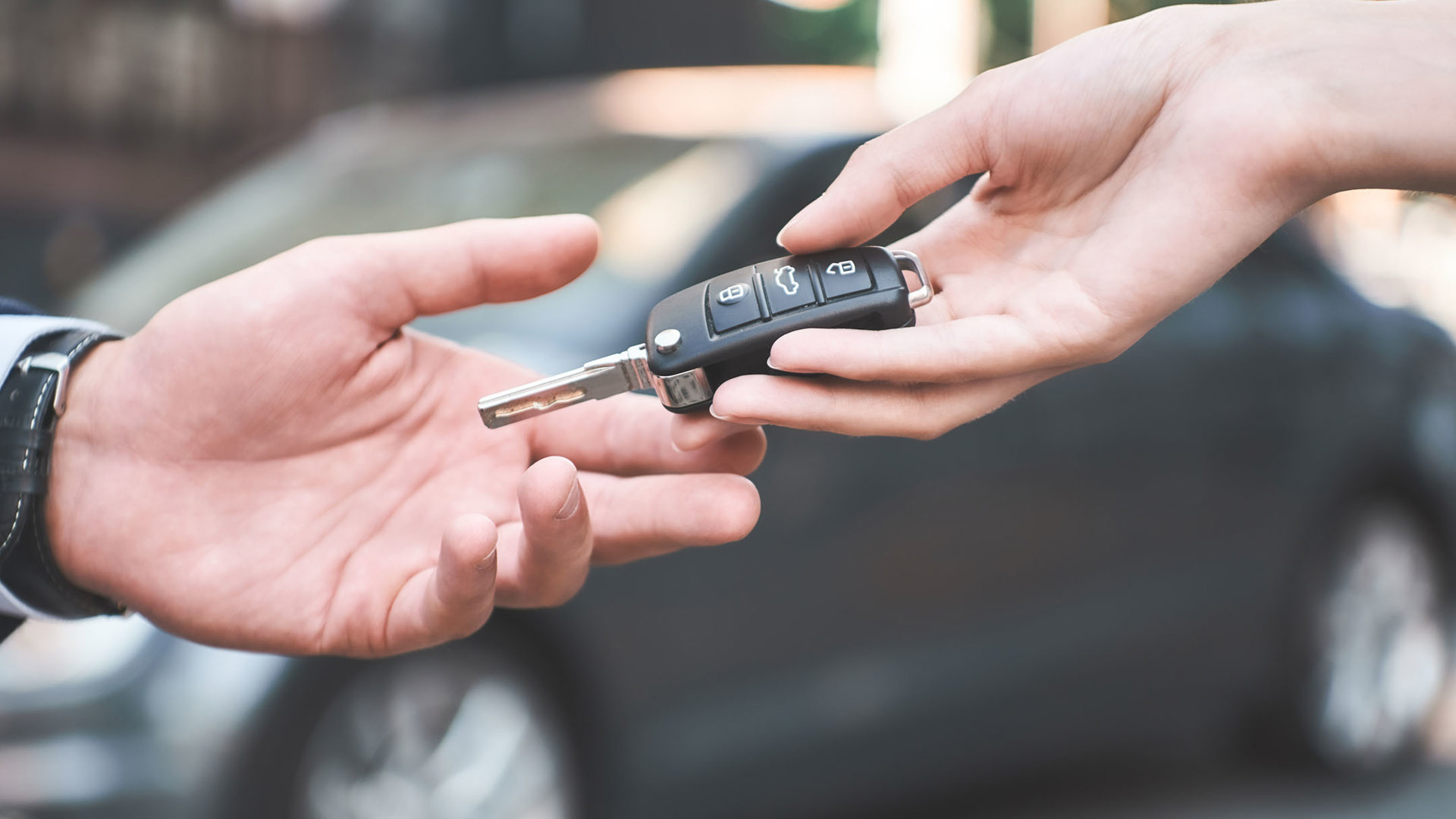When you’re selling your vehicle, you want the process to be quick and easy, and you want as much money as possible. That requires preparation, but if all goes as planned, the extra work will be worth it. We have some tips to help smooth out the process when you're selling your vehicle.
Get Your Paperwork Ready
Call your province’s licencing bureau or visit the website to see what documents are required for buyers and sellers. These may include a safety certificate, history report, used vehicle package, or lien check. You’ll need the original ownership, not a photocopy. Buyers will want to see the service records, too. Get everything ready before you advertise.
If a safety test is required for ownership transfer, decide if you’ll offer it. On the downside, you’ll have to pay for it, along with any repairs needed to pass the test. On the other hand, most buyers prefer a car that’s already “passed safety,” and you can ask for more money than if you’re selling “as-is.”

It’s All in the Details
Don’t just wash the vehicle – detail it. Vacuum the floors and mats, and scrub them with carpet cleaner if they’re dirty. Get any stains off the seats. Clean all windows on the inside, wipe the dash, and clean the trunk or cargo compartment. Scrub and polish the wheels.
If it needs a deep clean, a professional detailing shop will do the best job. You could potentially get more on the sale than what you paid the shop to clean it.
Picture-Perfect
Take the best possible pictures of your vehicle. Park against an uncluttered background, and don’t include people or pets in the shots.
Take photos of all four corners; of the front and back; and both sides. Every shot should show the whole car, with none of it cut off. Remove everything inside – coffee mugs, anything hanging off the mirror – and photograph the dash, seats, trunk or cargo compartment, instrument cluster, infotainment system, and so on. Consider what you’d want to examine when buying a car, and make sure you have a photo of it. If there are any imperfections, make sure to snap photos of those, too, so a potential buyer isn't surprised later.
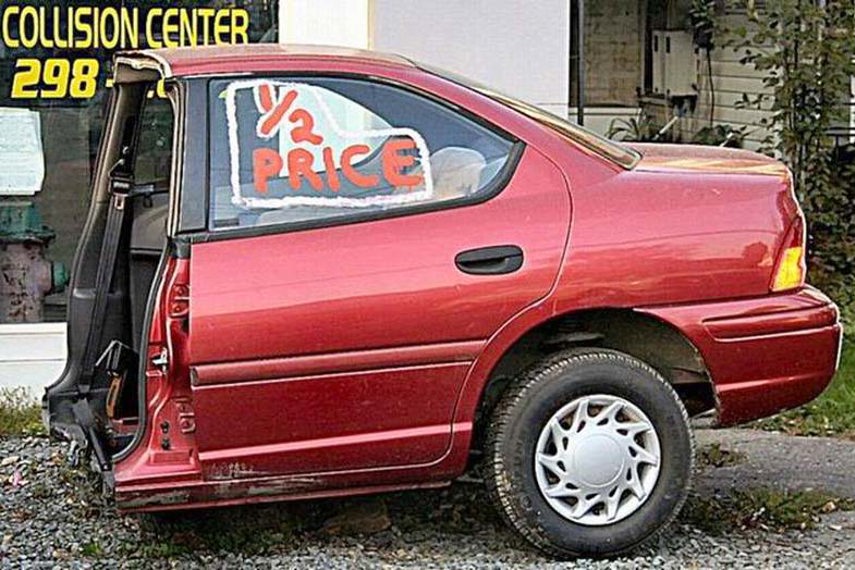
Set the Price
Price depends on a number of factors, including condition, mileage, options, any remaining warranty, how desirable that model is, and even where you’re located. Online valuation sites can give you some idea and even browsing the AutoTrader marketplace for similar models can help you put a value on your car. Also look at similar vehicles for sale in your area – but remember those are asking prices, and likely higher than selling prices. If your vehicle isn’t very old, see what a brand-new one costs. If you’re too close, buyers might opt to spend the difference for new.
When figuring out your price, add a little extra for negotiating room. But don’t add too much, or you’ll scare buyers away.
Sell or Trade?
Are you replacing your old vehicle with a brand-new one? If so, see if a trade-in might be better. You won’t get as much as with a private sale, but the convenience might be worth it – no advertising, no tire-kickers, just drive your old car in and drive your new one home. Depending on your province, tax on the value of your trade-in will be applied against tax owed on your new one, further reducing the difference of private-sale profit.
AutoTrader also has an Instant Cash Offer feature that makes this whole trade-in process quick and convenient.
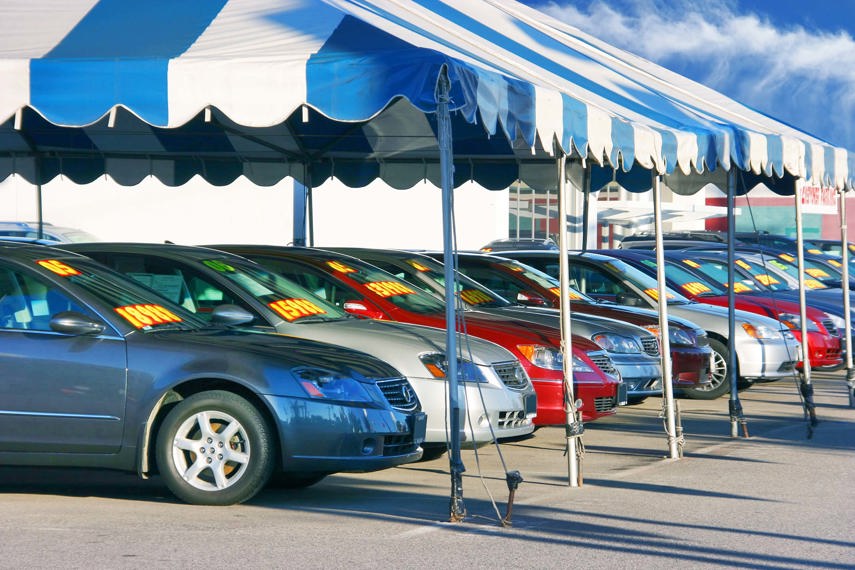
Write a Good Advertisement
Shoppers will scroll by an ad that doesn’t tell them what they need to know. Include year, make, model, and trim; engine size and transmission; important features and options; wheel size and how old the tires are; and any modifications you’ve made. Be up front about any condition issues, major repairs, or collisions.
Include details that may help the sale, such as any remaining warranty, or if you’re including winter tires or other accessories. Don’t throw in trite phrases like “Must sell.” Instead, say why you’re selling – growing family, you want something newer – which tells shoppers you’re simply moving on, not dumping a car with problems.
Licence and Registration
Potential buyers will want a test drive, so be ready. We suggest calling your insurance provider to see if anything special is required if one of them is behind the wheel. You may think it’s unnecessary, but these are strangers unfamiliar with your car, and likely paying more attention to it than to their driving. It doesn’t take long for errors to become very expensive, or even involve you in serious liability.
When you sell your vehicle, don’t hand over the keys until the new owner has shown you proof that the ownership is now in that person’s name. It’s not unheard-of for buyers to say they’ll switch it over, but never bother to do it. You’re still listed as the owner, and if your buyer crashes, you could potentially be liable for any property damage or injury claims.
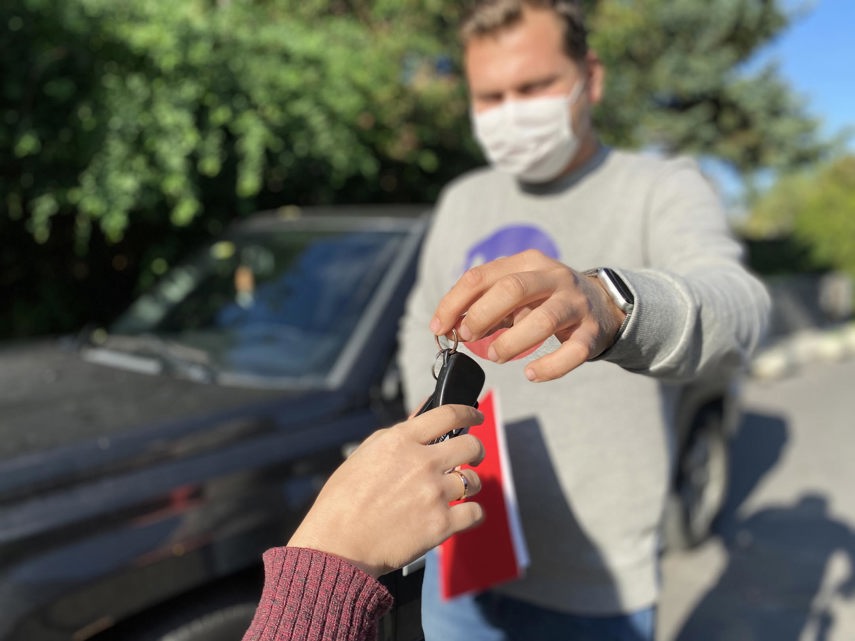
Selling Safely
Be wary of people who don’t ask any questions about the car but pressure you to see it right away. Meet potential buyers at a daytime location where other people will be around, such as a mall. Some police divisions allow you to use their parking lot to meet with buyers.
Take someone with you if you can, and tell others where you’re going. Don’t take unnecessary valuables with you, and snap a picture of the buyer’s licence plate. If something doesn’t feel right, drive away. We know we sound melodramatic, and issues are rare – but things do happen, and you need to be careful. There's also a whole list of Fraud Protection tips listed here.
Getting Paid
Once someone agrees to buy, protect yourself. Direct payment, such as cash or e-transfer, is safest. Law enforcement reports increasing numbers of fake cheques, money orders, bank drafts, and wire transfers. If your seller wants to pay that way, insist your bank clears and deposits the money in your account before you hand over the vehicle ownership for transfer, even if it takes several days.
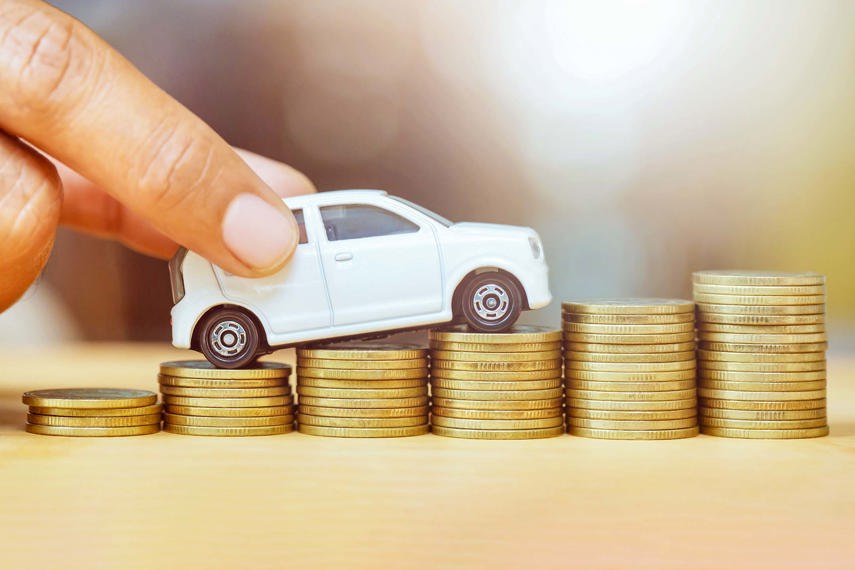
The Final Prep
Once your vehicle’s sold, check every nook and cranny for anything that belongs to you. Wipe the infotainment system of any phone contacts, and delete any navigation destinations. Leave in the owner’s manual, service records, and tools such as the jack, tire kit, and wheel lock key.
Now that you’ve prepped your vehicle, advertised it, marked it sold, and pocketed the cash, say goodbye to your old ride, and hello to whatever’s taking its place.
